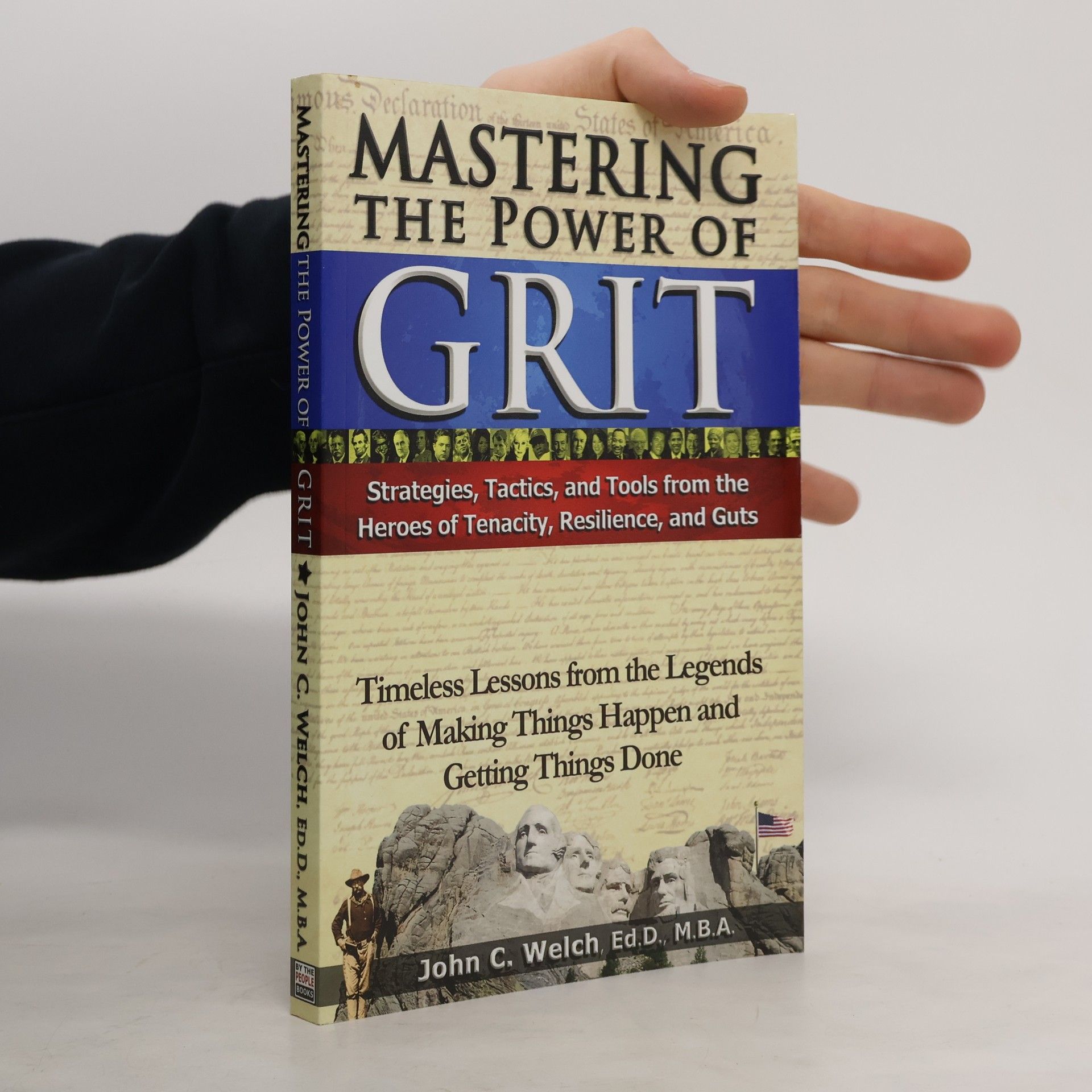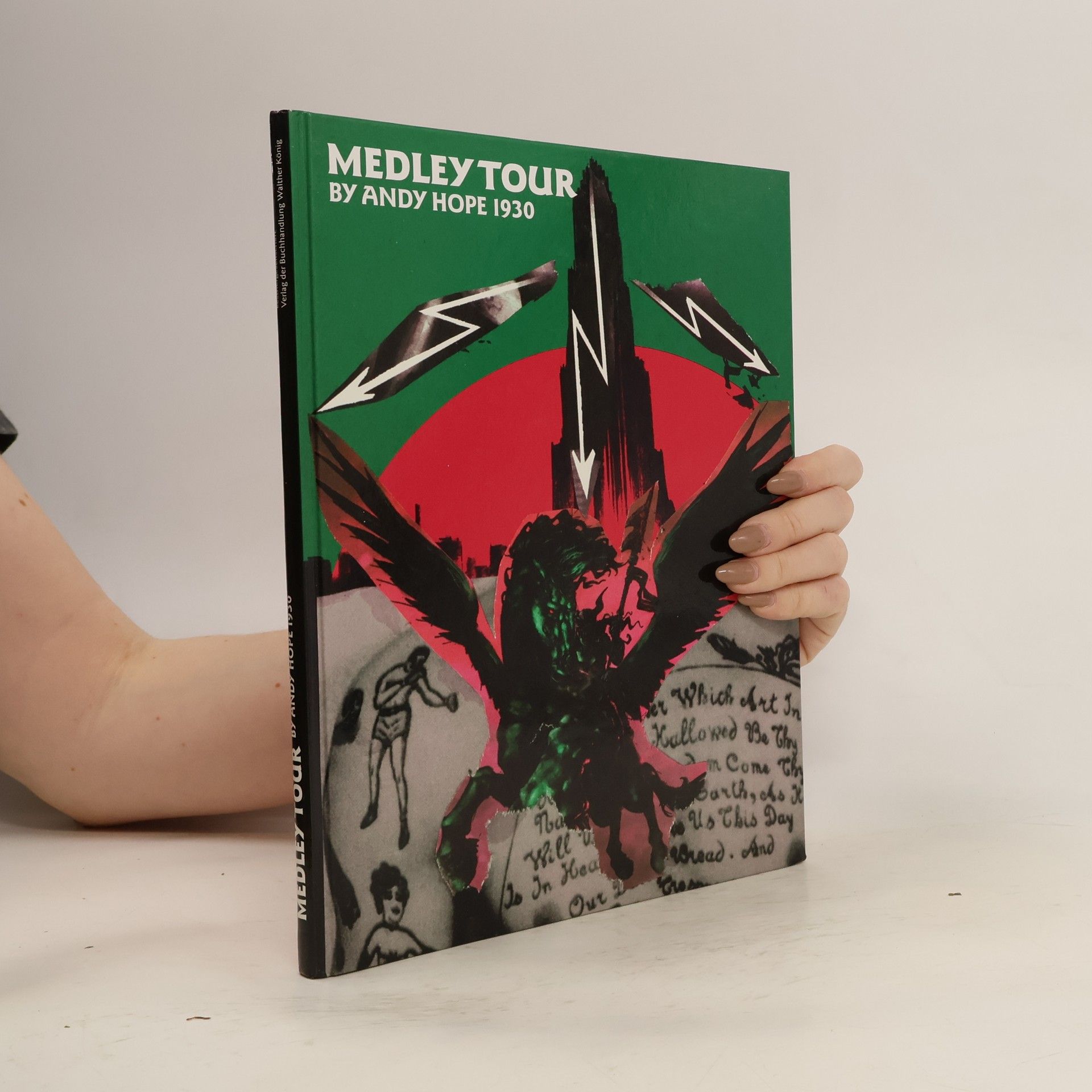Der Katalog präsentiert eine neue Bildserie der Medleys von Andy Hope 1930, ergänzt durch eine Auswahl seiner Arbeiten der letzten vier Jahre. Ein “Medley” ist ein musikalisches Werk, das harmonisch aus mehreren Liedern besteht, oft aus dem Gesamtwerk eines Künstlers. In ähnlicher Weise hat Hope seine neuen Arbeiten geschaffen, indem er Bilder aus Elementen seiner früheren Werke (Gemälden, Zeichnungen, Collagen, Skulpturen) komponiert und improvisiert. Durch den Rückgriff auf sein Bildrepertoire stellt der Künstler neue Verbindungen zwischen Figuren, Texten, Ikonographien und Farben her, was ihm eine ungezwungene Selbst-Revision seines Werkes ermöglicht. Sein Spiel mit der Zeit, das er bereits seit langem praktiziert, erreicht in den Medleys einen neuen Höhepunkt und bildet ein verbindendes Element seiner Arbeiten. Neben Hopes Phantomen werden die Time Tubes, Objekte zwischen Bild und Skulptur, sowie der Espace de Voyage, ein faltbarer und mobiler Raum, vorgestellt. Diese Elemente nehmen den Leser mit auf eine Reise durch den Kosmos des Künstlers und die Zeit.
John C. Welchman Libri






The Uncanny ist ein jahrelanges Projekt von Mike Kelley, das nun in einer umfangreichen Mono-grafie vorliegt. Darin versammelt er eigene und fremde Arbeiten (u. a. von Jasper Johns, Paul Thek, Paul McCarthy, Jeff Koons, Tony Oursler), Fotos, ausgestopfte Tiere, medizinische Präpa-rate etc. Zentraler Bestandteil des Projekts sind lebensgroße, menschliche Figuren – allesamt von Künstlerfreunden – die das 'Unheimliche' (englisch 'Uncanny') mittels Farbe, Form und Material darstellen. Damit spielt Kelley auf den unheimlichen 'Doppelgänger' bei Freud an, der zwischen Tod und Leben oszilliert. Freud beschreibt das 'Unheimliche' als verdrängten, aber vertrauten Zustand, der umgewandelt wieder auftaucht und Furcht erregt. Darüber hinaus zeigt Kelley neue Werkgruppen: Die Harems, Gruppen von Alltagsgegenständen, die alle in Zusammenhang mit Kindheit und Jugend stehen – eine Anhäufung von 'Fetischen', die direkt auf 'Uncanny' Bezug nehmen. Den ersten Einblick in Uncanny gewährte Kelley 1993 in Arnheim, Soonsbek, mit einer kleinen Broschur – heute antiquarisch gesucht. Museum Moderner Kunst, Stiftung Ludwig, Wien, Juli 2004
Mastering the Power of Grit. Strategies, Tactics, and Tools from the Heroes of Tenacity, Resilience, and Guts
Timeless Lessons from the Legends of Making Things Happen and Getting Things Done
- 206pagine
- 8 ore di lettura
Exploring the complexities of human relationships, this novel delves into the lives of characters navigating personal crises and societal expectations. Through a blend of humor and poignancy, it examines the ways people cope with life's uncertainties, often resorting to temporary solutions that reveal deeper truths. The narrative weaves together their stories, highlighting themes of resilience, vulnerability, and the search for genuine connection amidst chaos. Readers will find a rich tapestry of emotions and insights that resonate with their own experiences.
Renowned art historian John C. Welchman presents an in-depth study of over 30 years of creative activity by the Royal Book Lodge (RBL), an innovative network of international artists. The chapters explore the history and contexts of RBL’s groundbreaking work in photography, video, ceramics, writing, artist’s books, archiving, collecting, and exhibition-making. Welchman analyzes the key ideas and practices of the formation as they manifest across the diverse cultural and political landscapes of RBL affiliates and initiatives. Themes include narratives of displacement and migration, constructs of biography and fiction, concepts of remote control, experiences of violence, and significant collaborations with the Situationist International's legacy. The RBL emerged in the late 1980s through a collaboration between artists Juli Susin and Véronique Bourgoin, with affiliates such as Raisa Aid, Kai Althoff, and Jonathan Meese. Welchman, a Distinguished Professor of art history at the University of California, San Diego, has authored numerous works on modern and contemporary art, including titles like Modernism Relocated and Art After Appropriation.
This is the first volume of a symposium-based series organized by the Southern California Consortium of Art Schools [SoCCAS]. * * Set out in four sections, with a series introduction by SoCCAS chair John C. Welchman, and a topical introduction by cultural critic Norman Klein, it offers a creative and original overview of the Southern Californian art scene from 1990 to the present. * * „Inside“ examines new initiatives from within the institutional or commercial sectors of the art world; „Outside“ discusses developments situated outside of this more sanctioned sphere, whether in alternative spaces, art/music crossovers, or the public domain; „New Locations“ takes on innovative art-related activities in sites, such as the Southern California deserts and San Diego-Tijuana border that are relatively remote from the culturally dominant LA basin; „Endpapers“ rounds out the book with short presentations by five artists and critics whose independent thinking and constructively targeted polemic has helped shape art-world discourse in Southern California in recent years.